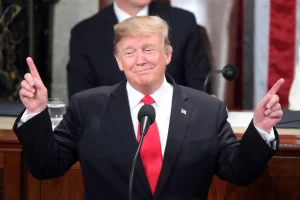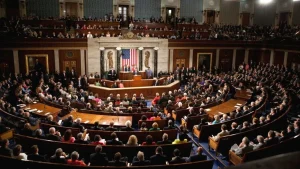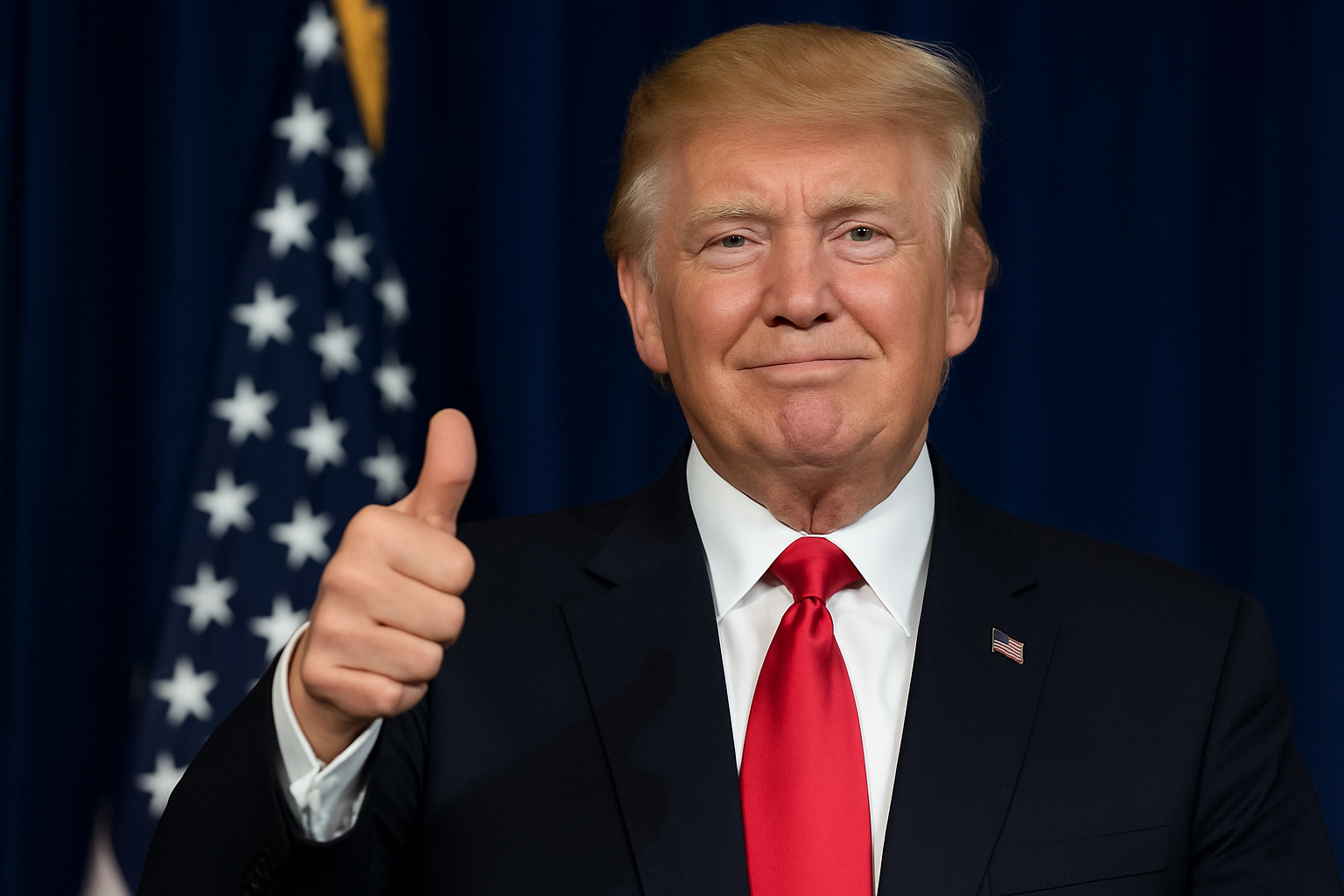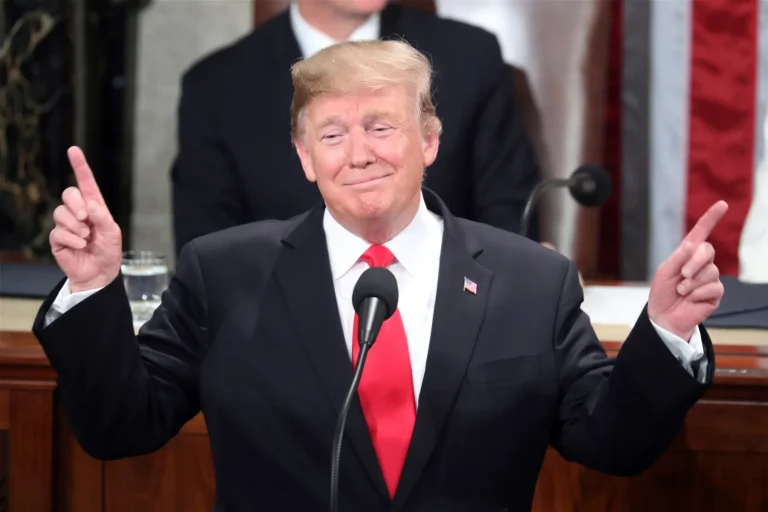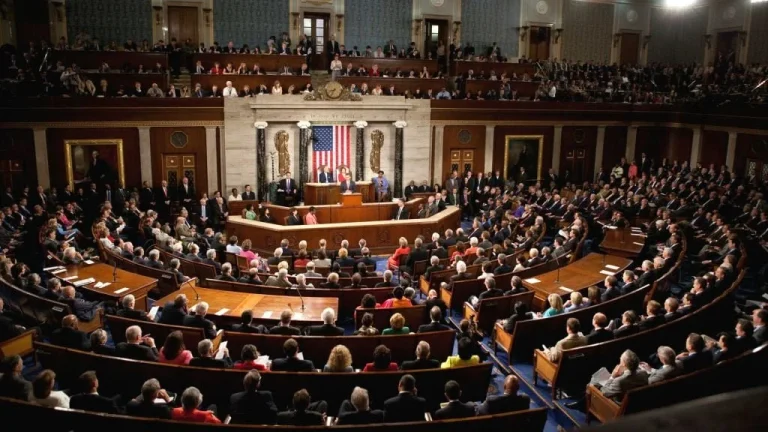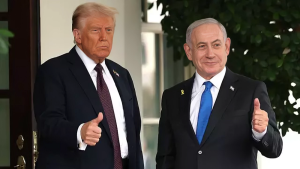After three tense days of indirect negotiations in Cairo, U.S. President Donald Trump announced that both Israel and Hamas have agreed to the first phase of a 20-point peace plan aimed at ending the devastating war in Gaza. The declaration marks the most significant breakthrough since the conflict erupted two years ago, but questions remain about what comes next—and whether this ceasefire can hold.
“This means that all of the hostages will be released very soon, and Israeli troops will begin to withdraw to an agreed line,” Trump declared on social media, hailing it as the first step toward what he called “a strong, durable, and everlasting peace.”
While the announcement has generated cautious optimism across the region, the details of the so-called Gaza ceasefire deal reveal a complex, fragile roadmap built on compromises and uncertainties.
Background: Two Years of War and Unprecedented Loss
The deal comes exactly two years and two days after the Hamas-led assault on southern Israel on October 7, 2023. That attack killed around 1,200 people and led to the capture of 251 hostages. Israel’s retaliatory campaign in Gaza that followed has left catastrophic devastation in its wake.
According to the Hamas-run health ministry in Gaza—whose figures are generally regarded as credible by the UN and international organizations—over 67,000 Palestinians have been killed since the conflict began. Entire neighborhoods have been leveled, hospitals and infrastructure shattered, and a UN-backed panel confirmed the presence of famine conditions across large parts of the territory by August 2025.
In this environment of deep mistrust and exhaustion, the announcement of a ceasefire—no matter how tentative—has brought a flicker of hope for millions trapped in the crossfire.
Phase One: The First Step Toward Ceasefire
Once the Israeli cabinet formally approves the agreement—expected within hours—a ceasefire will officially come into force. Israeli media reports suggest it could begin almost immediately after the vote, while an official from Prime Minister Benjamin Netanyahu’s office stated it would take effect within 24 hours of approval.
Under the first phase, Israel’s military is to withdraw to new positions, leaving it in control of roughly 53% of the Gaza Strip. This partial withdrawal marks the first of three planned stages outlined in the White House’s proposal. The Israel Defense Forces (IDF) have already indicated they are preparing to “transition to adjusted deployment lines soon.”
Following the initial withdrawal, a 72-hour countdown begins. During this period, Hamas must release all 20 hostages believed to be alive, with the remains of 28 deceased hostages to follow.
In exchange, Israel is expected to release approximately 250 Palestinian prisoners serving life sentences and another 1,700 detainees from Gaza. Palestinian sources say the list includes individuals convicted of deadly attacks, but high-profile figures such as Marwan Barghouti will not be part of this round of releases.
Trump’s plan also mandates the return of the bodies of 15 Gazans for each Israeli hostage, symbolizing a grim but necessary step toward closure for many families.
Humanitarian Relief: A Lifeline for Gaza
In parallel with the ceasefire and prisoner exchange, the deal opens the way for a major humanitarian push. Hundreds of aid trucks are expected to begin entering Gaza each day, delivering desperately needed food, medicine, and fuel.
Trump’s plan initially called for 600 trucks daily, but Palestinian negotiators said the initial number would be closer to 400, gradually increasing over time. For a population facing widespread hunger and disease, even partial relief could be lifesaving.
The United Nations and international aid agencies are preparing for what could become the largest humanitarian operation in the region’s recent history. The goal, according to U.S. officials, is to stabilize conditions in Gaza quickly enough to allow for longer-term reconstruction and governance efforts.
The Political Framework: Governance and the Future of Gaza
Beyond the immediate ceasefire, Trump’s 20-point plan outlines a political vision for post-war Gaza. The document calls for the demilitarization of the territory—meaning all “military, terror, and offensive infrastructure” must be dismantled—and the establishment of a temporary transitional committee made up of Palestinian technocrats.
This transitional body would operate under the supervision of a newly formed “Board of Peace,” chaired by Trump himself and including former British Prime Minister Tony Blair among its members.
Eventually, governance would transition to the reformed Palestinian Authority (PA), though both Hamas and elements of the Israeli government have expressed skepticism about this aspect. The plan explicitly excludes Hamas from any future governing role, offering amnesty or safe passage for its members who agree to lay down arms and embrace peaceful coexistence.
No residents of Gaza would be forced to leave, and those who have fled would retain the right to return. Trump’s proposal also includes the creation of a “Trump Economic Development Plan”—a multi-billion-dollar reconstruction initiative to rebuild Gaza’s shattered economy and infrastructure.
Phase Two and Beyond: What Comes Next
If the initial steps are implemented successfully, the following phases of the deal will focus on deepening de-escalation and setting the foundations for a permanent peace.
Phase Two would involve further Israeli withdrawals, eventually reducing their control to around 40% of Gaza, followed by 15% in the final stage. The last area, according to the plan, would serve as a “security perimeter” maintained until Gaza is deemed secure against future militant threats.
However, the plan provides no firm timeline for full withdrawal—a major sticking point for Hamas, which insists on a complete end to Israeli military presence.
The Sticking Points: Disarmament and Control
While Israel has agreed in principle to Trump’s framework, both sides face deep internal divisions. Hamas has long rejected disarmament unless it coincides with the establishment of an independent Palestinian state. Its initial response to the proposal avoided any mention of surrendering weapons, raising doubts about its willingness to comply.
For Netanyahu, domestic politics also complicate implementation. Standing beside Trump at last week’s press event, he publicly reaffirmed his opposition to Palestinian Authority involvement in Gaza’s governance—directly contradicting one of the plan’s key provisions.
These conflicting positions threaten to derail the process before it truly begins. Analysts warn that while the first phase might proceed smoothly, later stages—especially those involving governance and demilitarization—could prove far harder to enforce.
Reactions from Around the World
The international response to Trump’s announcement has been cautiously optimistic. European and Arab governments have praised the progress while urging both sides to maintain restraint. The UN Secretary-General called it “a critical first step toward ending one of the most tragic conflicts of our time.”
In Israel, opinion remains divided. Some see the agreement as a long-overdue opportunity to bring hostages home and reduce military casualties. Others view it as premature, fearing that Hamas will regroup and rearm under the cover of the ceasefire.
In Gaza, the mood is equally mixed—relief at the prospect of quiet, tempered by the trauma of two years of destruction. “We’ve lost everything,” said one resident in Khan Younis. “If peace is real this time, maybe our children will finally sleep without fear.”
Can This Ceasefire Last?
The Gaza ceasefire deal marks a dramatic moment in one of the Middle East’s most intractable conflicts. Yet, history offers sobering lessons. Previous ceasefires between Israel and Hamas have collapsed within weeks or months, undone by political mistrust and acts of violence.
Still, this agreement carries unprecedented weight. It is the first to link humanitarian relief, prisoner exchange, and political transition into a single, phased roadmap. Whether it leads to “everlasting peace,” as Trump proclaims, or simply another brief pause in a cycle of war, depends on what happens in the crucial weeks ahead.
For now, the guns may soon fall silent—but the road to real peace remains long and uncertain.

James Jenkins is a celebrated Pulitzer Prize-winning author whose work has reshaped the way readers think about social justice and human rights in America. Raised in Atlanta, Georgia, James grew up in a community that instilled in him both resilience and a strong sense of responsibility toward others. After studying political science and creative writing at Howard University, he worked as a journalist covering civil rights issues before dedicating himself fully to fiction. His novels are known for their sharp, empathetic portraits of marginalized communities and for weaving personal stories with broader political realities. Jenkins’s breakout novel, Shadows of Freedom, won national acclaim for its unflinching look at systemic inequality, while his more recent works explore themes of identity, resilience, and the fight for dignity in the face of oppression. Beyond his novels, James is an active public speaker, lecturing at universities and participating in nonprofit initiatives that support literacy and community empowerment. He believes that storytelling is a way to preserve history and inspire change. When not writing, James enjoys jazz music, mentoring young writers, and traveling with his family to explore cultures and stories around the world.


